Rafale induction and the make-believe brigade: India should focus on hard techno-military realities
The Ambala media extravaganza ought to encourage an internal review by the Modi government about strategic communication and related signalling in matters military. Carry a big stick but talk softly is an adage that has not lost its relevance, writes C Uday Bhaskar for South Asia Monitor
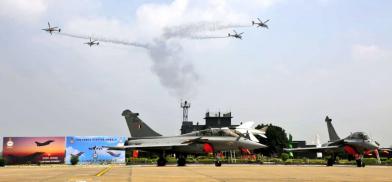
The induction of five Rafale multi-role fighter aircraft into the Indian Air Force at a high-visibility ceremony at the Ambala Air Force Station on September 10 marks the first phase of the implementation of the inter-government agreement (IGA) signed between India and France in September 2015. It was a coincidence that on the same day the foreign ministers of India and China were meeting on the sidelines of an SCO (Shanghai Cooperation Organization) conference in Moscow to review the tense military stand-off along the LAC (Line of Actual Control) in the Ladakh region of the Himalayas.
Prime Minister Narendra Modi had taken a surprise decision in April 2015 when he visited Paris and announced that India had decided to acquire 36 French-built Rafale aircraft for a little under 8 billion euros (approx Rs. 59,000 crores at the time). Despite the domestic political discord over the price and opacity in procedures followed, this acquisition was important for a beleaguered Indian Air Force that had been seeking an effective and affordable MRCA (multi-role combat aircraft) since the mid 1980s.
The Ambala ceremony was attended by the defence ministers of India and France and the manner in which Indian television channels covered the event gave the induction of these five aircraft a larger than intended relevance. This is not the first time that the Indian military is acquiring a new and modern fighter and the induction of the MIG-s and Sea Harriers in the 1970s and ’80s are a case in point.
While some TV outlets in India seem to thrive on shrill coverage that leavens hypernationalism with ludicrous machismo and the current standoff with China has led to a surge in emotive patriotism, two strands at Ambala warrant scrutiny and preliminary comment for their strategic significance.
Carry a big stick, but talk softly
Defence Minister Rajnath Singh referred to the induction of the Rafale as a “game-changer” for the country’s security and a "strong message to those who challenged India’s sovereignty". The sub-text, alluding to China, even if it was not mentioned explicitly by Singh, was picked up by some sections of the audio-visual spectrum and the jingoistic narrative acquired its own momentum of make-believe. Namely that five Rafale aircraft – of which three are trainer versions – will visibly alter the tactical situation along the LAC and suitably intimidate the PLA, thereby compelling them to withdraw from the positions they have intruded into and since fortified.
This is far removed from any objective and sober analysis of what is prevailing along the LAC currently and is a potentially damaging trend to national security in the long term. It would be imprudent, veering towards dangerous, for any government to encourage this tendency of creating a make-believe scenario apropos national security. The Ambala media extravaganza ought to encourage an internal review by the Modi government about strategic communication and related signalling in matters military. Carry a big stick but talk softly is an adage that has not lost its relevance.
The second strand that merits attention is Singh’s reference to close strategic relations between India and France and the appeal to French industry to invest in India’s defence sector. In her remarks at Ambala French Armed Forces Minister Florence Parly assured her hosts that Paris was totally committed to the ‘Make in India’ initiative and referred to the recent Scorpene submarine project with the Indian Navy.
France has a decades-old relationship with India as a credible and reliable military supplier, albeit expensive, and it may be recalled that the first French jet fighter – the Ouragon christened the Toofani - was acquired by the IAF in 1953. Subsequently the Indian Navy acquired the Alize anti-submarine aircraft in 1960 for the aircraft carrier and concurrently the Alouette helicopters. Over the years the Mystere, Jaguar and Mirage fighters were acquired by India and to that extent the French footprint in the Indian aerospace domain is robust.
France extended India critical strategic support of a politico-diplomatic nature after the May 1998 nuclear tests and there are many correspondences in the manner that Delhi and Paris have sought to orient themselves in the turbulence of international affairs.
Whither indigenous defence manufacturing?
Specific to the Indian aerospace sector and the Modi exhortation to give indigenous defence manufacturing a meaningful fillip – the big-ticket item is the Kaveri aerospace engine that has been in the doldrums for years. The viability of the Tejas LCA as an Indian fighter is linked with the success of the Kaveri and this project merits the personal attention of the defence minister and the CCS (Cabinet Committee on Security).
With the Ambala-Rafale adrenaline still active in the higher defence grid of India, it would be appropriate for Defence Minister Rajnath Singh to seek a detailed review of the Kaveri, its current status and explore the possibility of France being the technology enabler to take this project to long-delayed fruition.
Designing and manufacturing a proven aerospace engine for a fighter aircraft is an expensive and technologically exacting proposition. Currently, only five nations have that capability – the five permanent members of the UN Security Council – namely the USA, Russia,, UK, France and China.
India which is knocking on the door to be admitted at the global high table should focus on acquiring the kind of techno-military attributes that the major five have assiduously acquired over the decades and not get misled by its make-believe brigade in relation to national security.
(The writer. a retired Indian Navy commodore, is Director, Society for Policy Studies (SPS). The views expressed are personal. He can be contacted at cudaybhaskar@spsindia.in)




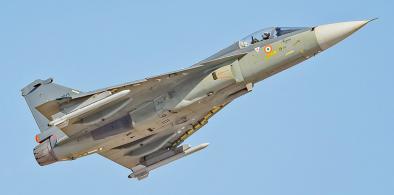
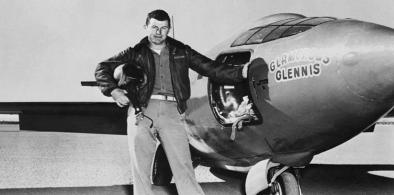
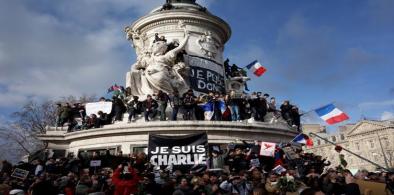
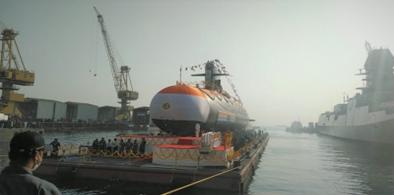
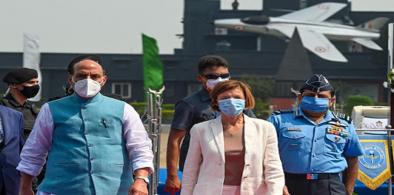
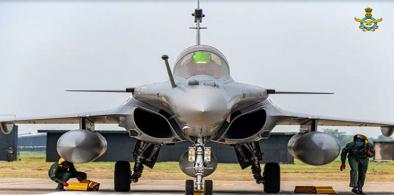
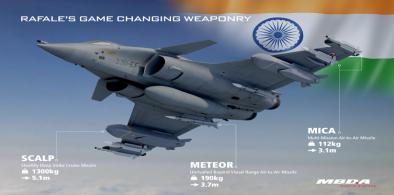
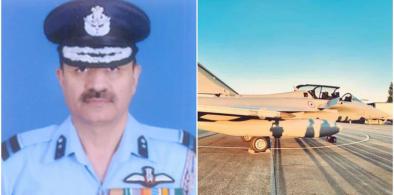
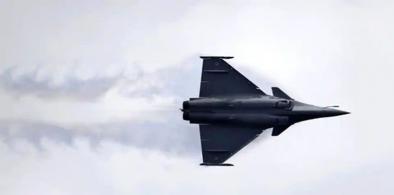
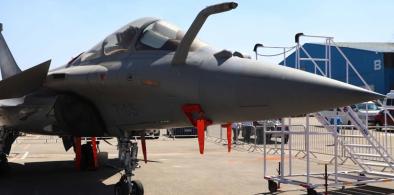


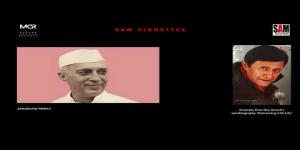




Post a Comment